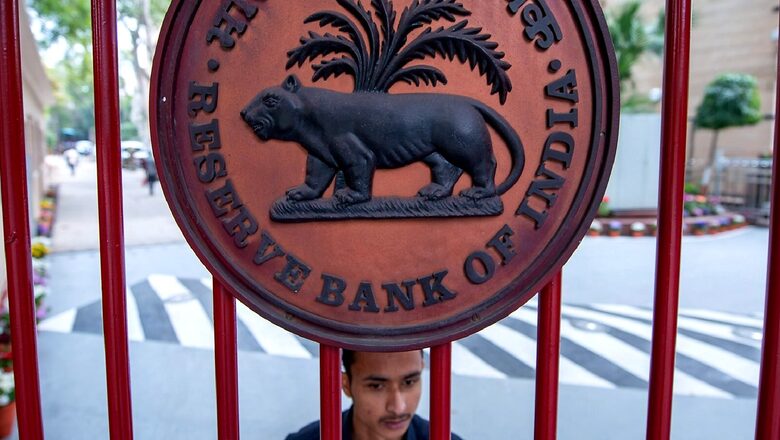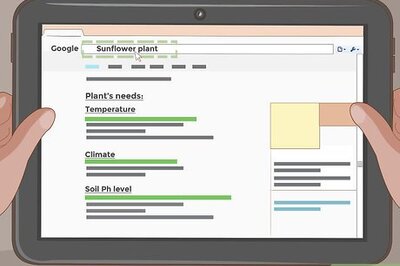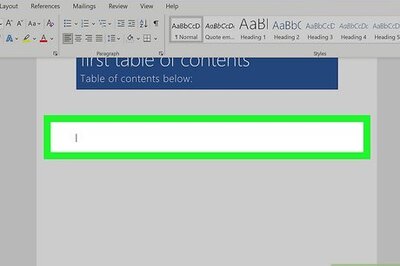
views
Banks’ gross non-performing assets (GNPA) ratios have declined to their lowest levels in six years and are witnessing a modest return to profitability. The bank credit growth is also in double digits after a long hiatus, according to a report by the Reserve Bank of India (RBI). It also said NBFCs have mobilised to fill the space opened up by risk aversion among banks through the greater part of 2021-22.
“Amongst financial intermediaries, the banking sector, buffered by regulatory dispensations provided by the Reserve Bank during the pandemic, built up risk absorbing capacity through capital raising, including, from the market and profit retention. With gross non-performing assets (GNPA) ratios down to their lowest levels in six years and a modest return to profitability, bank credit growth is in double digits after a long hiatus,” the RBI said in its ‘Financial Stability Report, June 2022‘.
It added that market risks are rising as spells of volatility are unleashed by foreign portfolio investment outflows and the sharp appreciation of the US dollar. Bank credit growth is picking up steadily, already clocking double digits. Banks have also bolstered capital and liquidity positions while asset quality has improved. Non-banking financial companies (NBFCs) remain well capitalised.
“Scheduled commercial banks (SCBs) maintained robust capital positions, with the Capital to Risk Weighted Assets Ratio (CRAR) and Common Equity Tier 1 (CET-1) Ratio of SCBs as high as 16.7 per cent and 13.6 per cent, respectively, in March 2022, and improving returns on assets (RoA) and returns on equity (RoE),” the report said.
The RBI also said SCBs’ gross non-performing assets (GNPA) ratio slipped to a six-year low of 5.9 per cent and net non-performing assets (NNPA) ratio fell to 1.7 per cent in March 2022. The provisioning coverage ratio (PCR) increased to 70.9 per cent in March 2022 from 67.6 per cent in March 2021.
On the minimum capital requirements, it said, “Macro-stress tests for credit risk reveal that SCBs are well-capitalised and all banks would be able to comply with the minimum capital requirements even under adverse stress scenarios. The CRAR of urban co-operative banks (UCBs) rose to 15.8 per cent in March 2022 while that of NBFCs stood at 26.9 per cent.”
The report said that among financial institutions, banks have reduced gross nonperforming asset (GNPA) ratio through recoveries, write-offs and reduction in slippages. Capital and liquidity buffers have been built up well above regulatory requirements, including by accessing markets, and SCBs taken together are seeing a modest return to profitability.
“These developments have catalysed the growth of bank credit to double digits, tracking nominal GDP growth. Non-banking financial companies (NBFCs) have also benefited from regulatory dispensations, including the congenial financial conditions engendered by the Reserve Bank’s monetary and liquidity operations,” it said.
It also said banks’ balance sheets remain robust, with non-performing assets (NPAs) on a decline for both wholesale and retail loans, and capital buffers remain adequate. The decline in risk-weighted assets continues, indicating that banks are still careful about the risk profile of borrowers in a dynamic environment characterised by considerable uncertainty.
Read all the Latest News , Breaking News , watch Top Videos and Live TV here.




















Comments
0 comment